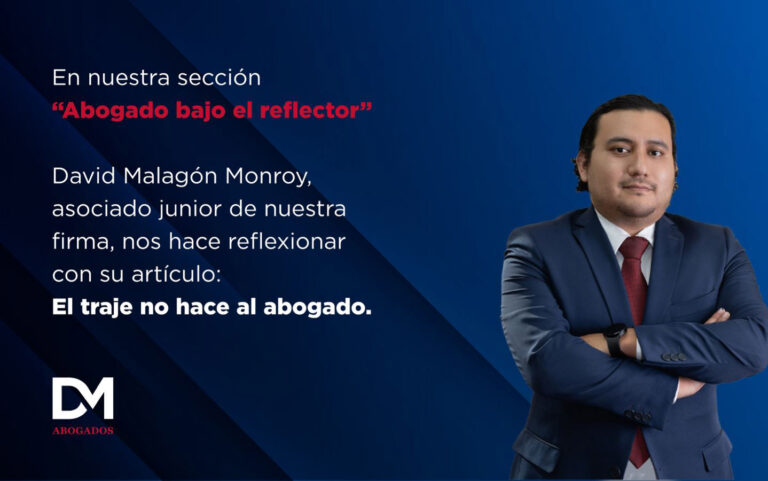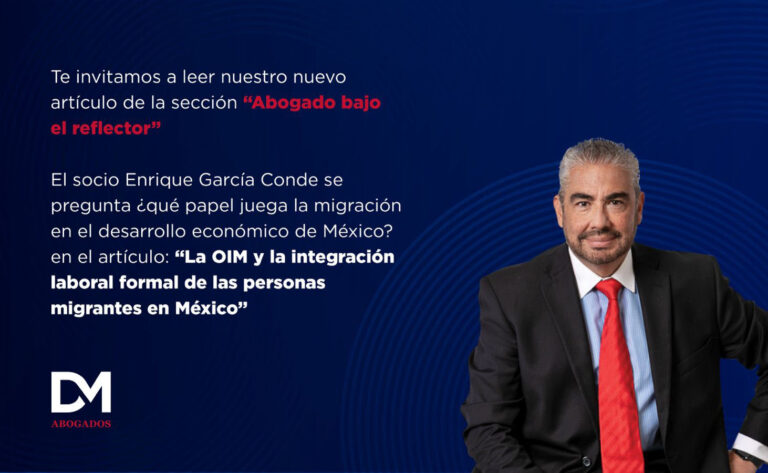The NOM on Teleworking entered into force on December 5 and companies that implement this modality will have new obligations, as will the workers. The regulation has the objective of avoiding safety and health risks associated with the conditions under which work is conducted under this mode.
“The most substantial part of the standard is that employees must accredit before the labor authorities, in case of inspection, that the persons under the modality of teleworking have covered all aspects in terms of safety and health at the domicile that is agreed for the provision of that service. That is, the employer must have photographic and video evidence that accredits that the space in which the employee works complies with the minimum safety and health requirements”, explains Jimena Sánchez Argoytia, partner at the D&M Abogados Firm.
NOM-037 applies to companies that have collaborators that work in the teleworking mode during more than 40% of their working hours. The new regulatory framework, among other things, makes it mandatory for employers to verify that the place in which the work is conducted complies with the necessary safety and health conditions, whether through a visit to the agreed domicile (with authorization from the employee) or, otherwise, by means of self-evaluation.
In this sense, the standard brings a significant change in the way in which the modality is implemented, as the collaborator assumes the obligation of notifying the employer if he changes the place that he works at, with the objective of performing a verification of the new space or notifying any change to the conditions that had already been reviewed.
“The worker must specify what the address where he will conduct teleworking is and this domicile cannot be modified without notifying the employer in advance. This is important because the worker and the employer must ensure that the new domicile has the necessary safety and hygiene conditions for performing the work in an appropriate manner”, points out Javiera Medina, Labor Practice partner at Baker McKenzie.
What are the risks that the NOM on Teleworking warns about? The new provisions seek to avoid risks caused by exposure to physical, mechanical, chemical, and biological agents as well as psychosocial and ergonomic factors. For example, a space that is not properly illuminated could represent a risk for the worker (physical agent) as could furniture with sharp edges (mechanical agent).
In addition to verifying the safety and health conditions, employers have the obligation of having a policy on teleworking in place. “This is the first action that employers must take,
and it must include aspects such as the obligations of both parties, the work tools assigned to the employee, the procedure for exercising the right of reversibility”, Jimena Sánchez explains.
Among other provisions established by NOM-037, the following ones stand out:
- The Company’s Health and Safety Commission acquires a more active role, being the one in charge of verifying that the applicant or teleworker complies with the proper conditions for this modality.
- The Employee may propose the places in which he will conduct teleworking and reach an agreement with the employer, provided that they are fixed spaces and comply with basic safety conditions.
- Companies must have a second verification list to be applied periodically and thus guarantee the continuity of the safety and health conditions under which teleworking is conducted.
- Informing the workers about the possible risks associated with the modality.
- The obligation of establishing breaks and times for resting during working hours.
- Guaranteeing the confidentiality of the verification lists of people in the teleworking mode.
- Acknowledging as workplace accidents those that take place during transportation between the spaces that are agreed upon or the work center during or because of work.
- A mechanism for the reversibility between the teleworking to the presential mode must be defined.
- Having assistance channels for cases of domestic violence that consider, among other things, the temporary or permanent return to the presential mode.
Jimena Sánchez states that NOM-037 represents great progress, although it includes a framework that can be restrictive for a working mode that is characterized by its flexibility. However, the provisions that exercise greater control over its implementation could cause people not to access the model in a formal way, for example, by hiring people that wish to work remotely as independent service providers.
For Javiera Medina, even though the standard represents a greater control over the modality, she believes that maintaining remote work “will be viable”, because after the Covid-19 pandemic workers became used to this modality and it is beneficial to them, as it eliminates transportation times to the workplace. “This is something that employees value greatly.”
The scheme to get around the Teleworking NOM
Specialists agree that with the entry into force of the Standard on Teleworking, the hybrid model could gain strength, but as a strategy to get around the regulation. To this end, all that is required is to define a scheme in which remote work does not exceed the percentage (40%) established in the Federal Labor Law for work to be considered as Teleworking and for NOM-037 to apply.
But the hybrid model in which teleworking is not legally configured, it “leaves” both the workers and the companies “in a legal limbo”, warns Jimena Sánchez. In this sense, the specialist recommends applying the provisions defined by the standard, even when remote work is not considered as teleworking.”
“Have a policy, implement better practices, ensure that the service is being provided from the agreed domicile.” The standard is not ill-intentioned, it is proper for the employer to safeguard the safety and health of the employee, but there are things that are beyond the responsibility of the employer, and he is still considered as being mainly responsible”, the specialist explains.
The application of the standard, even though 40% of working hours in remote work are not surpassed, is a recommendation that Javiera Medina shares. “It would be ideal for companies to implement the verification checklist anyway, because if the employee becomes ill, this not only affects the person’s health, but will also cause justified absences and will affect productivity. It is important to have these verification lists even if they are not mandatory” under this formula.
Along these lines, the specialist states that even if remote work can be provided covering a smaller percentage of time vs. the one established in the Federal Labor Law to be considered teleworking, this does not mean that it cannot be conducted under the risk conditions that the standard warns about.
“It is a moral aspect for companies and workers to protect physical and mental health, and it is closely related with the update of the list of diseases included in the Federal Labor Law. All labor regulations are being adjusted in order to protect health and if we implement Standard 037 and Standard 035, we will help our workers to have better physical and mental health”, she states.




